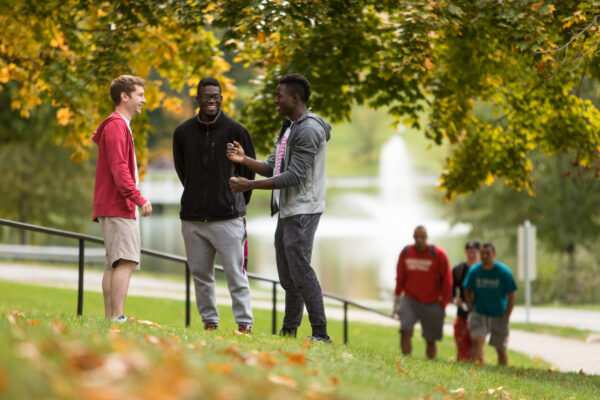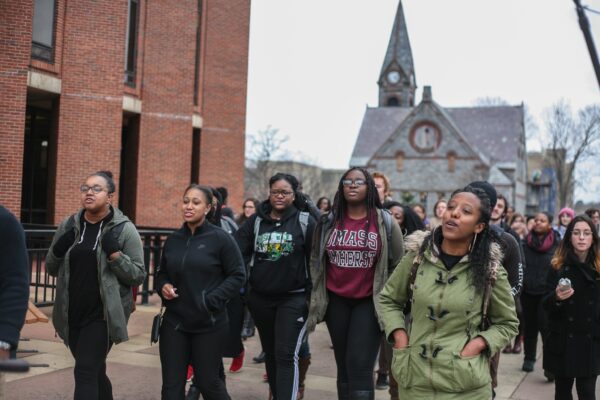Achieving Gender Equality on Campus
By Kristen Carmen
Listing the accomplishments of the top research university he leads, Stony Brook University (NY) President Samuel Stanley Jr. is most proud of one thing: Stony Brook is one of three North American universities part of the 10 worldwide University Impact Champions of the HeForShe movement.
HeForShe is a multi-stakeholder, United Nations-backed movement to promote gender equality and equal pay, eliminate gender-based violence and enlist men to help create a better world for women overall. The movement and the quest for gender parity on college campuses was the topic of the ACE2017 session, “Evolving Gender Equality in Higher Education: University Champions and the United Nations HeForShe Movement,” on March 14.
President Stanley and moderator Rosemary E. Kilkenny, vice president for Institutional Diversity and Equity at Georgetown University (DC) (one other North American university part of the 10 Champions), discussed the specifics of implementing programs and initiatives to achieve gender equality, as well as what it means to be Champions of HeForShe.
One of the first and most vital steps in achieving equality, Stanley noted, is integrating conversations on gender into every aspect of campus culture. For example, Stony Brook recently launched the Center for the Study of Men and Masculinities (CSMM) to help embed gender into the curriculum. Implementing gender sensitization education for faculty and staff and developing mandatory training to address gender-based violence have also helped Stony Brook permeate conversations on gender throughout campus.
Kilkenny highlighted the importance of reaching students early—before freshman year of college—with information on gender equality. She also touched on what corporations and universities can do in coordinated efforts to help level the playing field for men and women, such as committing to hiring diverse graduates and sharing data.
Both Stanley and Kilkenny have faced pushback and challenges implementing these changes, including competing issues and a lack of resources. But the ultimate goal of equality is good motivation. As Stanley quoted Eleanor Roosevelt: “When it is better for everyone, it is better for everyone.”
If you have any questions or comments about this blog post, please contact us.


